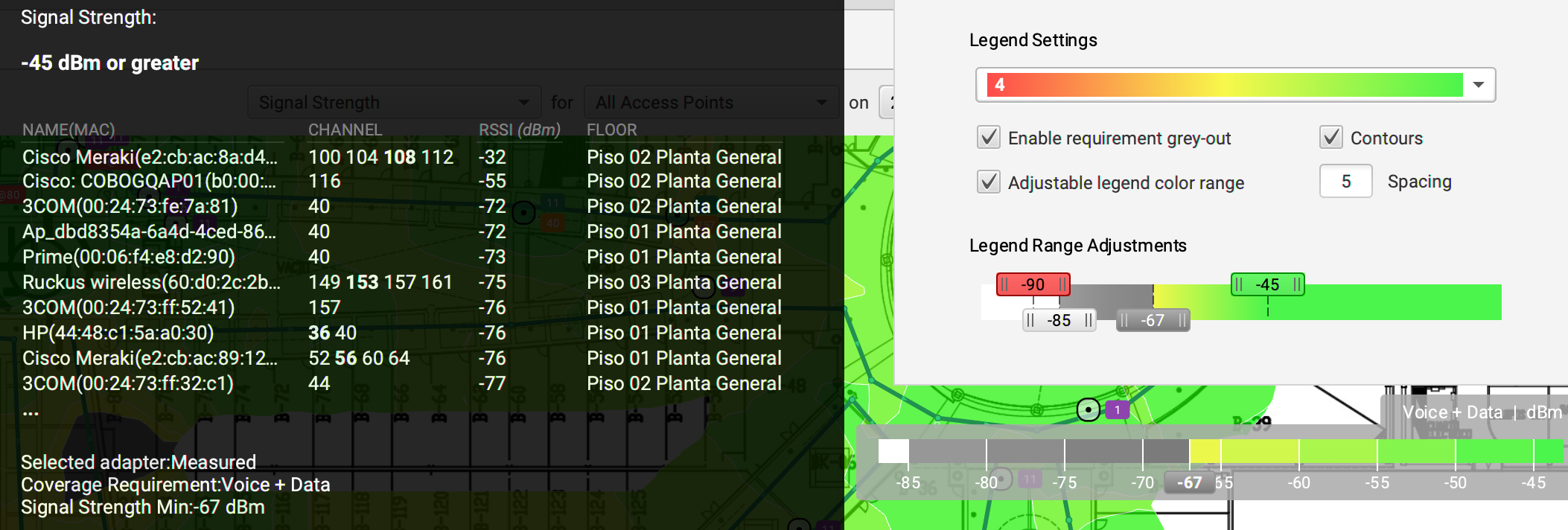

This method returns list of all available networks. Methods Wifi.SetConfig įind more about the config properties in config section Wifi.GetConfig įind the Wifi.GetConfig response properties in config section Wifi.GetStatus įind more about the status response properties in status section WiFi.Scan It is advisable to enable range extender functionality only when the AP is secured. Some of the configuration and status properties are specific to this functionality and only available when it is present. It is available on non battery operated devices. It enables a Gen2 Shelly device to provide internet connectivity to other shellies connected to its access point with otherwise poor WiFi coverage. Range extender functionality is part of the device's WiFi characteristcs.

It uses the key wifi when enumerated in objects including multiple component payloads, like Shelly.GetStatus. Wifi.ListAPClients lists clients connnected to the device's AP.Wifi.Scan to scan for available WiFi APs.Wifi.GetStatus to obtain the component's status.Wifi.SetConfig to update the component's configuration.Wifi.GetConfig to obtain the component's configuration.The Wifi component uses Wifi as RPC namespace and provides the methods: You can either download the installer (.exe) or the portable version as a ZIP file, which is what I’m using.The WiFi component handles wireless connection services of a device. To check the signal strengths of all Wi-Fi networks in your area using Vistumbler, you first need to download the latest version of the app from Github. The latest version of the app is officially available for Windows 10 and earlier but works perfectly fine on Windows 11 as well. However, the one we will use for this tutorial is the free and open-source app Vistumbler. There are a lot of reliable apps to measure Wi-Fi signal strength on Windows, including Fing ( Free), Wi-Fi Info View ( Free), Wi-Fi Analyzer ( Free), inSSIDer ( Free), and more. For that, you have to resort to third-party apps. While you can gauge your current Wi-Fi signal strength in Windows, there are no native methods in the OS to see the exact strength of all available networks at your location. Method 4: Check Wi-Fi Signal Using Third-party Apps

The extended command will filter out the additional info and only show you the percentage that indicates your Wi-Fi signal quality. Doing so will get you the exact same result as the earlier method. You can also use the snippet within the brackets – the same command as the one used in Command Prompt. You will now see the signal quality of your current signal. Now type or copy + paste the following command and hit Enter: (netsh wlan show interfaces) -Match '^\s+Signal' -Replace '^\s+Signal\s+:\s+',''.


 0 kommentar(er)
0 kommentar(er)
